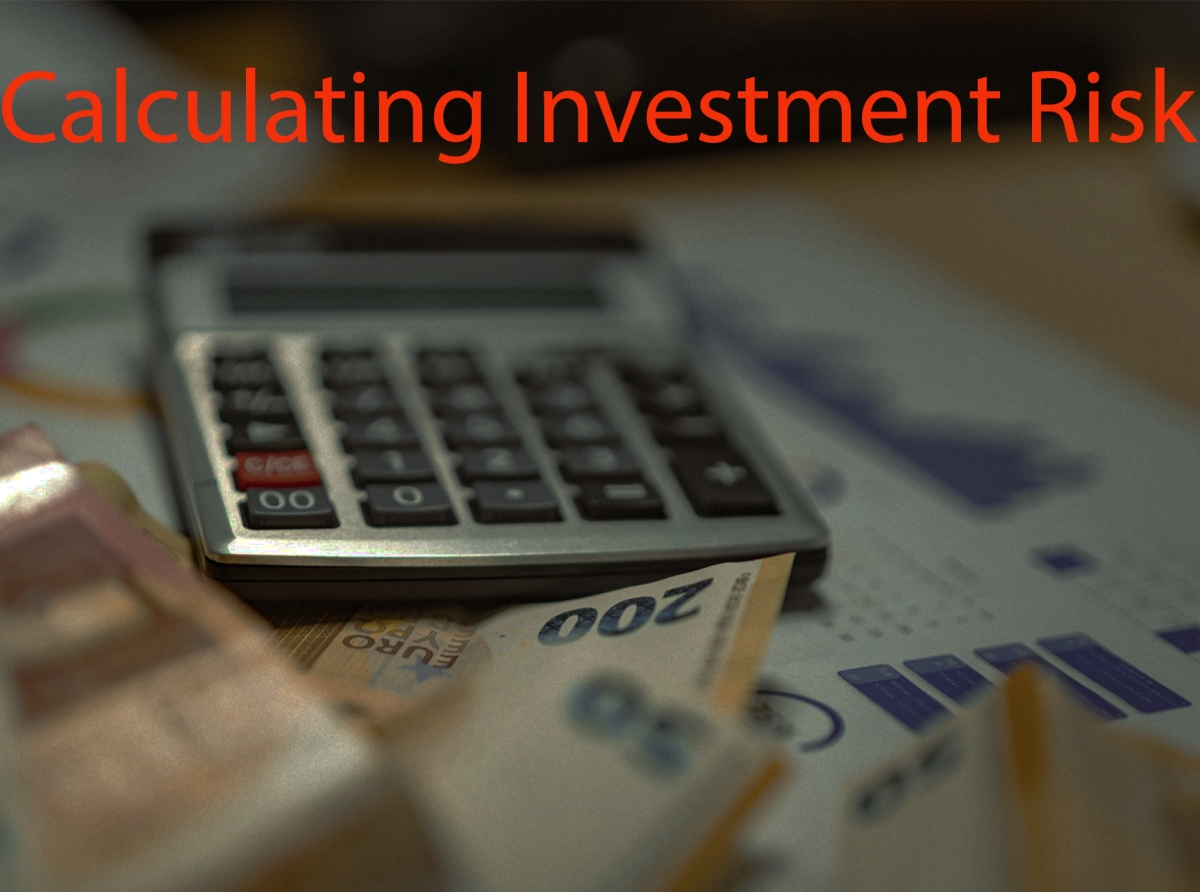
Calculating Investment Risk
Investing is inherently risky. The potential for high returns comes hand-in-hand with the possibility of significant loss. Understanding investment risk is crucial for anyone looking to navigate the financial markets effectively. Investment risk refers to the chance that an investment’s actual return will differ from the expected return, which may include losing some or all of the original investment.
The aim of this essay is to provide a comprehensive guide on how to calculate and manage investment risk. By understanding various types of risks, methods for assessing them, and tools for mitigating them, investors can make more informed decisions.
The aim of this essay is to provide a comprehensive guide on how to calculate and manage investment risk. By understanding various types of risks, methods for assessing them, and tools for mitigating them, investors can make more informed decisions.

Calculating Investment Risk
Types of Investment Risks
Investment risks can be broadly categorized into several types:Market Risk
Market risk, also known as systematic risk, refers to the potential for an investor to experience losses due to factors that affect the overall performance of the financial markets. Examples include economic recessions, political instability, or changes in interest rates.
Credit Risk
Credit risk arises when a borrower fails to meet their obligations as agreed upon in a contract. For example, if a company defaults on its bond payments, investors holding those bonds face credit risk.
Liquidity Risk
Liquidity risk pertains to how easily an asset can be bought or sold in the market without affecting its price. For instance, real estate investments often have high liquidity risk because selling property quickly without a significant price reduction can be challenging.
Operational Risk
Operational risk involves losses due to failed internal processes, people, and systems or external events. An example would be a company suffering from a cybersecurity breach that disrupts its business operations.
Examples Illustration
Consider an investor holding stocks in an emerging market country experiencing political turmoil (market risk), bonds from a company struggling financially (credit risk), real estate properties difficult to sell quickly (liquidity risk), and shares in a firm prone to operational hiccups like data breaches (operational risk).
Methods for Assessing Risk
Quantitative MethodsValue at Risk (VaR)
VaR estimates the maximum potential loss over a given time period at a certain confidence level. For example, if an investment portfolio has a one-day VaR of $1 million at 95% confidence, there is only a 5% chance that the portfolio will lose more than $1 million in a single day.
Monte Carlo Simulations
Monte Carlo simulations use random sampling and statistical modeling to estimate probable outcomes in complex systems. It helps investors understand potential variations in portfolio returns under different market conditions.
Qualitative Methods
SWOT Analysis
SWOT (Strengths, Weaknesses, Opportunities, Threats) analysis involves evaluating internal and external factors that could impact an investment’s performance. This method is particularly useful for assessing risks related to specific companies or projects.
Tools and Techniques for Mitigating Risk
Diversification StrategiesDiversification involves spreading investments across various asset classes and sectors to reduce exposure to any single asset or risk factor. By diversifying their portfolios, investors can minimize losses from specific investments that perform poorly while benefiting from others that perform well.
Hedging Techniques
Hedging involves using financial instruments like options and futures contracts to offset potential losses in an investment portfolio. For instance, an investor worried about declining stock prices might purchase put options on stocks they own as insurance against potential losses.
Use of Insurance and Other Financial Products
Various financial products like credit default swaps or insurance policies can protect investments against specific risks such as defaults or catastrophic events.
Case Studies and Practical Applications
Successful InvestmentsConsider Warren Buffett’s Berkshire Hathaway which employs rigorous risk assessment methods like fundamental analysis while diversifying across multiple industries and investing heavily in companies with strong operational controls.
Unsuccessful Investments
The case of Enron serves as an example where investors failed to adequately assess operational risks related to accounting malpractices that led to significant losses when the company’s fraudulent activities came to light.
Lessons Learned
Successful investing often hinges on meticulous assessment and management of various risks rather than just chasing high returns. Employing both quantitative models like VaR and qualitative assessments like SWOT analysis can provide a holistic view of potential pitfalls.
In conclusion,
while it’s impossible to eliminate all risks associated with investing entirely, understanding different types of risks along with effective assessment methods provides valuable tools for making informed decisions aimed at maximizing returns while minimizing potential losses.
Investment, Risk assessment, Diversification, Portfolio management, Financial planning









Report
My comments